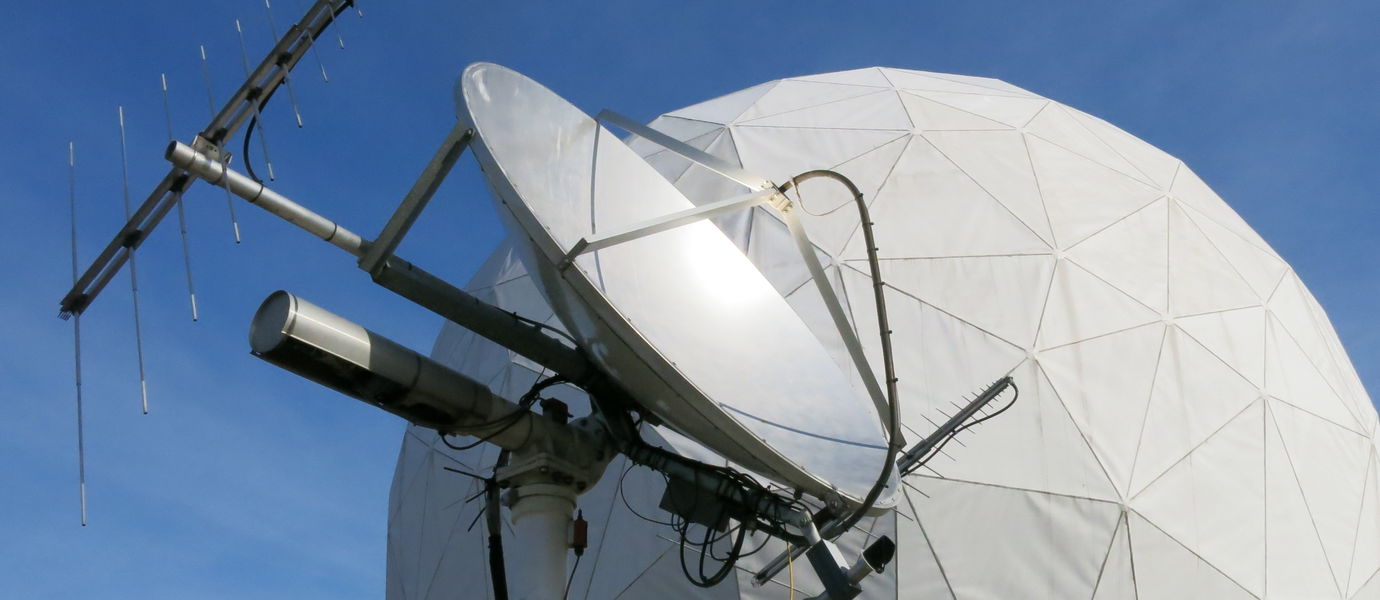Metsähovi radio observatory joins a new European network combining optical and radio astronomy technology research
The European astronomy community has been granted 15M Euros to improve how radio and optical telescopes across the continent work together, enabling the fastest-growing type of astronomy – including as many wavelengths as possible in a single study – and in doing so hopefully yield more discoveries.
This network, the OPTICON-RadioNet PILOT (ORP), brings together experts from the ground-based astronomy community to develop radio and optical instrumentation and to support improved access to a wider range of astronomy facilities.
Astronomers from 15 European countries, Australia and South Africa and 37 institutions, among them Aalto University Metsähovi Radio Observatory, have joined the ORP consortium, funded by the EU H2020 programme.
Metsähovi participates in international joint observations using Very Long Baseline Interferometry (VLBI). In VLBI campaigns dozens of radio telescopes around the world make their observations simultaneously according to a strict schedule, each participating telescope focusing on the same objects at the same time, using same observing frequencies and setups. This way, the whole network essentially becomes one single giant radio telescope.
Searching the skies
The ORP will build on the success of the OPTICON Telescopes network for medium size telescopes, and the RadioNet network for radio facilities, in fostering well-connected communities and delivering cutting edge hardware and software.
Each partner will provide access to a telescope, or bring a vital work package to the collaboration, focusing on a specific task such as developing ways to automatically trigger observing modes to capture split-second events from multiple telescopes, or to create a common framework for data access and processing.
Collaborators hope that the joined-up approach to facility access across Europe will improve rapid response capabilities when searching for an astronomical phenomenon, support and training for new users, and specific developments to improve the capabilities of facilities. As our knowledge of the Universe becomes more advanced, astronomers need a range of different techniques to be able to understand different celestial events as they unfold.

